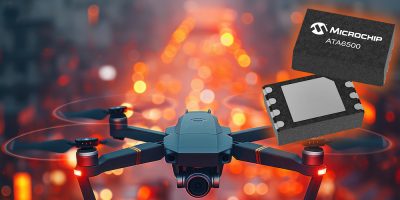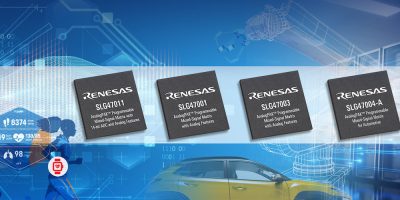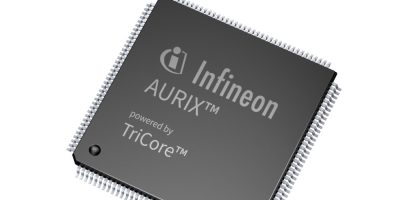The increase in connected applications in the automotive and industrial markets is driving demand for wired connectivity solutions with higher bandwidth, lower latency and enhanced security. Reliable and secure communication networking solutions are vital for transmitting and processing data as intended. Microchip has announced the new family of ATA650x CAN FD System Basis Chips (SBCs) with a fully integrated high-speed CAN FD transceiver and a 5V Low-Drop Voltage Regulator (LDO) available in compact 8-, 10- and 14-pin space-saving packages.
The ATA650x CAN FD SBCs offer a tiny footprint of 2 mm × 3 mm for the VDFN8 package, 3 mm × 3 mm for the VDFN10 package and 3 mm × 4.5 mm for the VDFN14 package. With a built-in high-speed CAN FD transceiver, the SBCs support data transmit and receive rates of up to 5 Mbps.
A solution for space and power-constrained applications, these SBCs exhibit very low power consumption, with a typical sleep current of just 15 μA. The ATA650x SBCs enable control of the VCC supply voltage by the bus signals, which reduces the current consumption of automotive Electronic Control Units (ECUs). To further reduce power consumption, the SBCs can disable the microcontroller supply by switching off LDOs during sleep mode.
The safety features available in the ATA650x device include fail safe, protection and diagnostic functions to provide reliable bus communication in advanced networks. Designed to withstand Electrostatic Discharge (ESD) and equipped with Electromagnetic Compatibility (EMC) performance, the ATA650x devices are robust solutions for applications operating in harsh environments.
The integrated SBC solution is Functional Safety ready to help customers achieve an ISO 26262 safety certification or the desired ASIL level. Additionally, the SBCs are AEC-Q100 qualified with a Grade 0 rating and are designed to operate in temperatures ranging from −40°C to +150°C.







